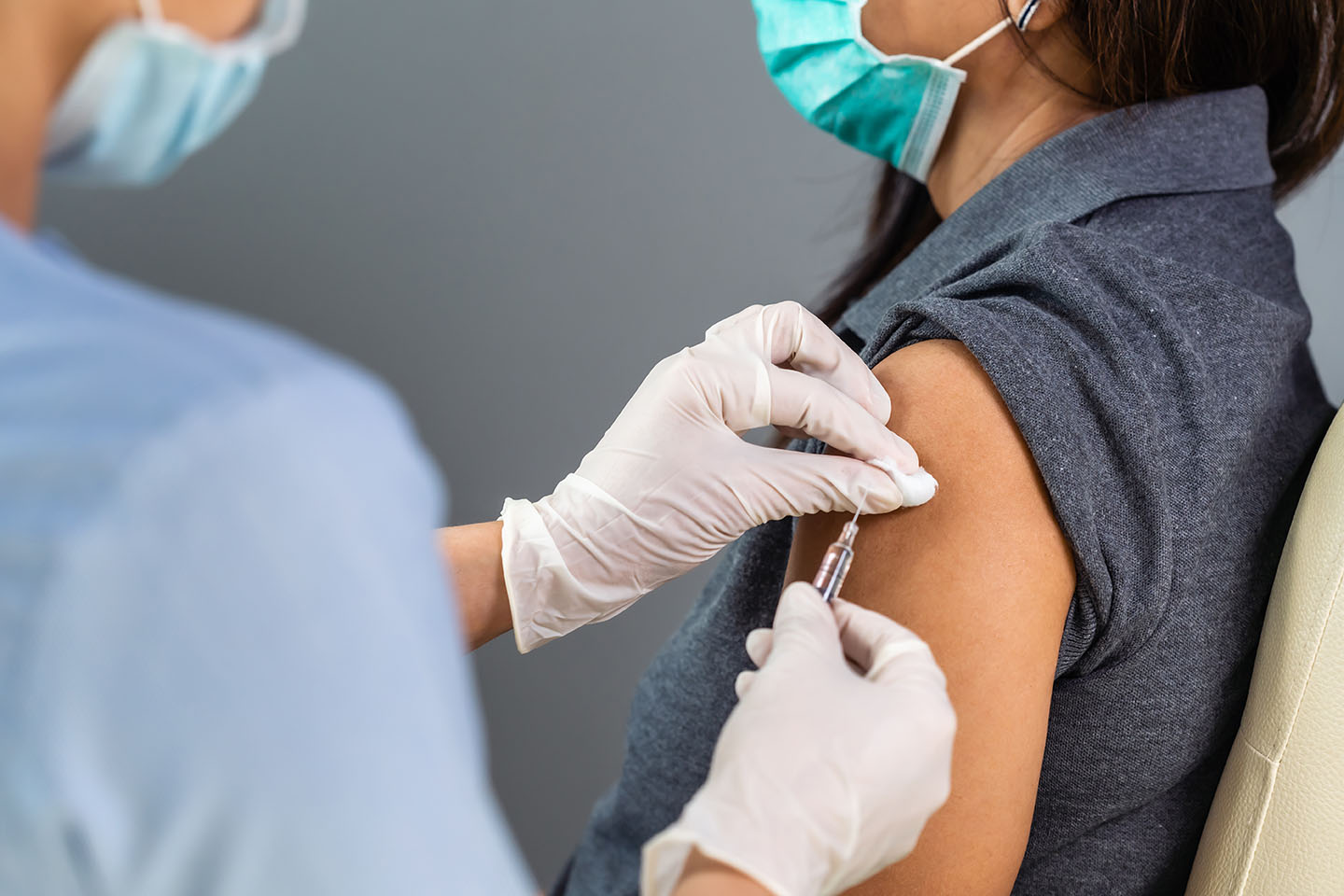
< Back
inject
Definition
To inject something means to force it into something else with a needle. In the context of science, injections are often used to give people medicine or vaccines.
Injections are safe and effective because they allow the medicine or vaccine to be delivered directly into the bloodstream. This means that the medicine or vaccine does not have to pass through the digestive system, which can be harmful to some people.
Injections can be given in different parts of the body, depending on the medicine or vaccine being given. For example, vaccines are often given in the arm, while insulin is often given in the thigh.
Injections are a valuable tool in medicine. They allow doctors to give people medicine quickly and easily, and they can be used to treat a variety of conditions.
How can the word be used?
The nurse injected the baby with a vaccination.

Different forms of the word
Verb: Inject means to introduce something into something else, typically with a syringe.
Noun: An injection is a medical procedure in which a substance is introduced into the body with a syringe.
Adjective: Injectable means able to be injected.
Adverb: Injectively means in a way that is injected.
Etymology
The word "inject" comes from the Latin word "injicere", which means "to throw or cast in". This is a very accurate description of the meaning of the word "inject", as it refers to the act of introducing something into something else.
Question
What is injected?
AQA Science Exam Question and Answer
Question:
Explain the process of injecting substances into the human body, outlining the importance of proper injection techniques to ensure safety and effectiveness, and discuss the role of hypodermic needles and syringes in medical practice.
Answer:
Injecting substances into the human body is a common medical procedure used to deliver medications, vaccines, and other treatments directly into the bloodstream or specific tissues. Proper injection techniques are essential to ensure both safety and effectiveness.
Hypodermic needles and syringes are key tools in this process. The needle is designed to penetrate the skin and underlying tissues, while the syringe allows controlled administration of the substance. Medical professionals follow strict protocols to minimise the risk of infection, ensure accurate dosage, and prevent potential complications.
The importance of proper injection technique cannot be overstated. Incorrect injection depth, angle, or location can lead to pain, bruising, infection, or even damage to underlying structures. Medical personnel are trained to choose the appropriate needle size, injection site, and angle, depending on the substance and purpose of the injection.
Injections play a crucial role in various medical scenarios, from administering life-saving medications to managing chronic conditions. They offer a direct route for substances to enter the body, bypassing the digestive system for faster and more predictable effects.
In conclusion, injecting substances into the body is a fundamental medical procedure. The use of hypodermic needles and syringes, along with precise injection techniques, ensures the safe and effective delivery of medications and treatments. Proper training and adherence to established protocols are vital to minimise risks and maximise the benefits of injections in medical practice.